Edible oils are a cornerstone of global cuisine, serving as a vital ingredient in cooking, baking, and food production. From the golden hues of sunflower oil to the rich flavors of olive oil, the variety of edible oils available today is vast. This article delves into the different types of edible oils, their production processes, while at the same time highlighting the importance of reliable packaging solutions, such as the Edible Oil Filling Packing Machine, in the industry.
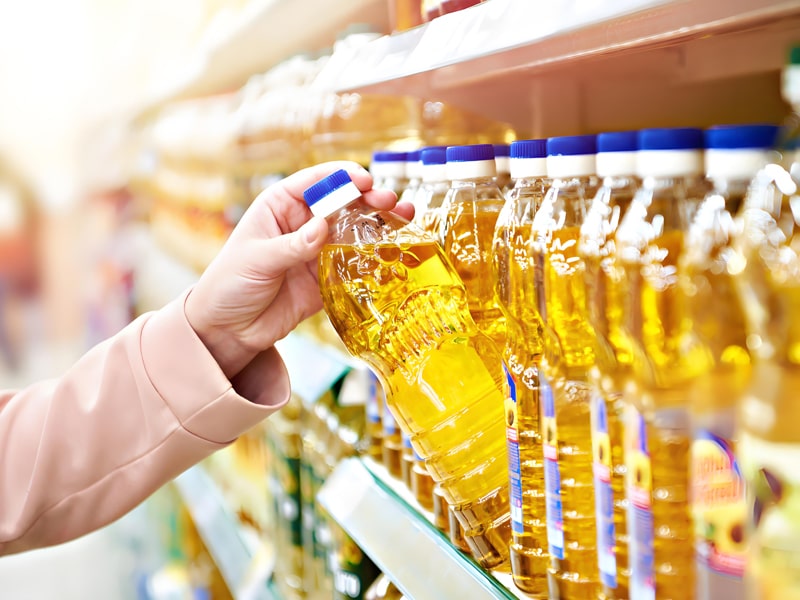
How Many Types of Edible Oils Are There?
The world of edible oils is incredibly diverse, with numerous varieties derived from plants, seeds, and nuts. Here are some of the most common types of edible oils:
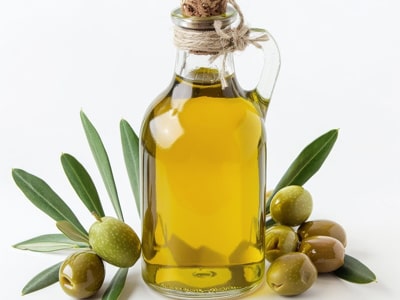 |
1. Olive Oil |
| Sourced from olives, olive oil is renowned for its distinct flavor and health benefits. It is primarily produced in Mediterranean countries and is often categorized into extra virgin, virgin, and refined grades. |
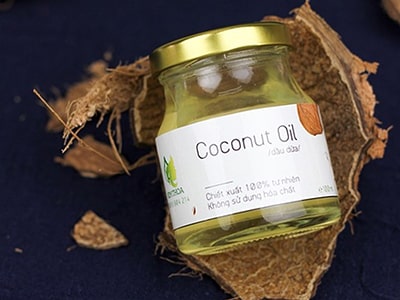 |
2. Coconut Oil |
| Extracted from coconuts, coconut oil is a tropical favorite, known for its high saturated fat content and versatile use in both cooking and cosmetics. |
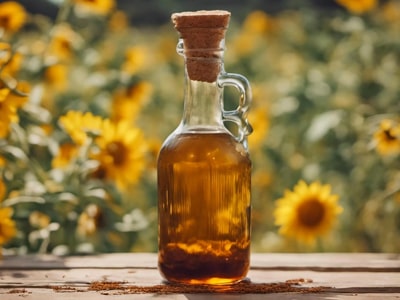 |
3. Sunflower Oil |
| Derived from sunflower seeds, sunflower oil is a popular choice worldwide due to its mild flavor and high smoke point, making it ideal for frying and baking. |
 |
4. Soybean Oil |
| One of the most widely consumed edible oils, soybean oil is extracted from soybeans and is a common ingredient in processed foods and margarine. |
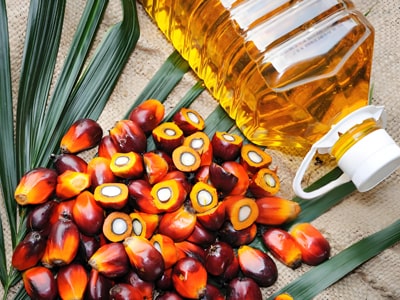 |
5. Palm Oil |
| Palm oil, sourced from the fruit of the oil palm tree, is a highly versatile and cost-effective option used in food, cosmetics, and biofuels. |
 |
6. Canola Oil |
| Canola oil, derived from rapeseed, is known for its light texture and low saturated fat content, making it a healthier alternative for everyday cooking. |
 |
7. Peanut Oil |
| Also known as groundnut oil, peanut oil is a flavorful choice for stir-fries, marinades, and roasted dishes. |
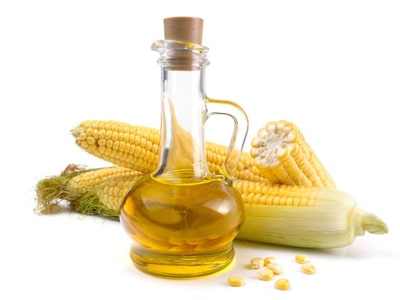 |
8. Corn Oil |
| Extracted from corn germ, corn oil is light in color and neutral in taste, making it a popular choice for frying and baking. |
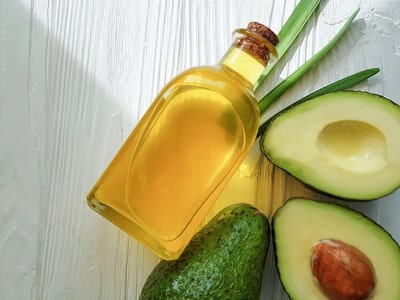 |
9. Avocado Oil |
| Avocado oil, derived from avocados, is prized for its nutritional benefits and is often used in dressings, marinades, and beauty products. |
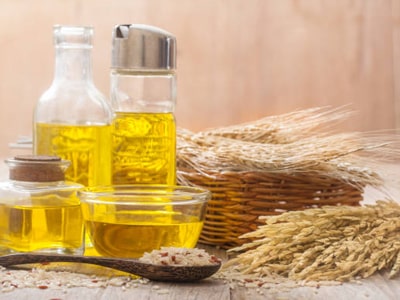 |
10. Rice Bran Oil |
| Rice bran oil, extracted from rice bran, is rich in heart-healthy unsaturated fats and is increasingly popular in Asian cuisine. |
These are just a few examples of the many edible oils available. Each type has unique characteristics, uses, and cultural significance, contributing to the rich diversity of global cuisine.
Nutritional Aspects of Edible Oils
Edible oils are often characterized based on their fatty acid composition.
Monounsaturated Fats: Olive oil is high in monounsaturated fats, considered heart-healthy, promoting better cholesterol levels.
Polyunsaturated Fats: Oils like sunflower and corn oil contain omega-6 fatty acids, which are crucial for bodily functions but should be balanced with omega-3 intake.
Saturated Fats: Coconut oil and palm oil contain higher levels of saturated fats, which have been linked to various health discussions.
How Edible Oils Are Produced
The production of edible oils involves several stages, from harvesting raw materials to refining and packaging. Here’s an overview of the process:
1. Harvesting
The first step is harvesting the raw material, such as seeds, nuts, or fruits, depending on the type of oil being produced. For example, sunflower seeds are harvested when mature, while olives are picked at optimal ripeness.
2. Cleaning and Preparation
The raw materials are cleaned to remove impurities like dirt, stones, and debris. This ensures the quality of the final product.
3. Extraction
Oil extraction can be done through mechanical pressing or solvent extraction. Mechanical pressing is a traditional method where seeds are crushed under high pressure to release their oil. Solvent extraction, on the other hand, uses chemicals like hexane to dissolve and extract oil from the raw material.
4. Refining
Crude oil undergoes refining to remove impurities, improve texture, and enhance flavor. Refining processes include degumming, neutralization, bleaching, and deodorization.
5. Blending
To meet consumer preferences, different oils may be blended to achieve the desired taste, consistency, and nutritional profile.
6. Packaging
The final step is packaging, where the oil is filled into bottles, cans, or other containers using advanced machinery, such as the Edible Oil Filling Packing Machine. Packaging ensures the oil remains fresh, protected from light, heat, and contamination.
The Role of Packaging in Edible Oil Production
Packaging is a critical step in the production of edible oils. It not only preserves the quality and shelf life of the oil but also enhances its marketability. Modern packaging solutions, such as the Edible Oil Filling Packing Machine, play a pivotal role in maintaining hygiene, efficiency, and consistency in the packaging process.
The Edible Oil Filling Packing Machine is designed to handle the unique challenges of oil packaging. These machines are equipped with precise filling mechanisms to prevent spillage and ensure accurate measurement. They also incorporate features like nitrogen flushing, which removes oxygen from the container to prevent rancidity and extend shelf life.
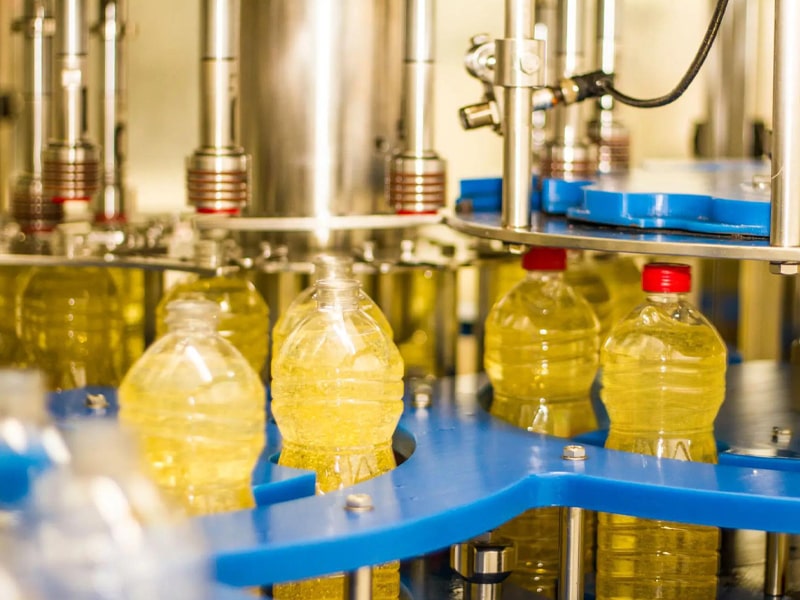
Why Choose the Edible Oil Filling Packing Machine?
In the competitive edible oil industry, investing in high-quality packaging machinery is essential for maintaining a competitive edge. Here are some reasons why the Edible Oil Filling Packing Machine is a preferred choice among manufacturers:
1. High-Speed Efficiency
The machine is designed for high-speed operation, enabling manufacturers to meet demanding production schedules without compromising on quality.
2. Precision Filling
Advanced sensors and control systems ensure precise filling, minimizing waste and ensuring consistent product quality.
3. Hygiene and Safety
The machine is built with food-grade materials and incorporates sterile filling technology to ensure the oil remains free from contamination.
4. Customizable Options
The Edible Oil Filling Packing Machine can be tailored to suit different packaging requirements, including various bottle sizes, shapes, and materials.
5. Energy Efficiency
Modern machinery is designed to reduce energy consumption, making it an environmentally friendly choice for manufacturers.
6. Reliability and Durability
Built with high-quality components, the machine offers long-term reliability and requires minimal maintenance, reducing downtime and operational costs.
Ensuring Quality and Safety in Edible Oil Production
Quality control is paramount in edible oil production. From raw material sourcing to packaging, every step must adhere to stringent quality and safety standards. Here are some key considerations:
1. Raw Material Sourcing
Ensuring the quality of raw materials is the first step in producing high-quality edible oils. Sourcing seeds, nuts, or fruits from trusted suppliers is crucial.
2. Good Manufacturing Practices (GMPs)
Adhering to GMPs ensures that the production process is clean, hygienic, and free from contamination.
3. Regular Testing and Analysis
Oils are subjected to rigorous testing to check for parameters like acidity, peroxide value, and moisture content. These tests help identify any deviations from quality standards.
4. Certifications and Compliance
Manufacturers must comply with local and international food safety regulations, such as ISO, HACCP, and FDA standards.
5. Sustainable Practices
As consumers become increasingly environmentally conscious, manufacturers are adopting sustainable practices, such as reducing waste, conserving water, and using eco-friendly packaging materials.
The Future of Edible Oil Production and Packaging
The edible oil industry is evolving rapidly, driven by changing consumer preferences, technological advancements, and environmental concerns. Here are some trends shaping the future of the industry:
1. Growing Demand for Healthy Oils
Consumers are increasingly gravitating toward healthier options, such as cold-pressed, virgin, and organic oils. Manufacturers are responding by diversifying their product portfolios to include these premium options.
2. Sustainable Packaging Solutions
As environmental awareness grows, manufacturers are adopting eco-friendly packaging materials, such as recyclable plastics and biodegradable containers, to reduce their carbon footprint.
3. Automation and Smart Technology
The integration of automation and smart technology in production and packaging processes is expected to improve efficiency, reduce costs, and enhance product quality.
4. Focus on Traceability
With increasing concerns about food safety and authenticity, manufacturers are adopting traceability systems to track the origin of raw materials and monitor production processes.
5. Globalization and Market Expansion
The edible oil market is becoming increasingly global, with manufacturers exploring new markets and distribution channels to cater to the growing demand for diverse oil varieties.
Conclusion
Edible oils are a testament to the diversity and richness of global cuisine, with each type offering unique flavors, textures, and nutritional benefits. From the traditional olive oil of the Mediterranean to the versatile palm oil of Southeast Asia, the variety of edible oils available today is staggering.
The production and packaging of edible oils are complex processes that require precision, care, and adherence to quality standards. Advanced machinery, such as the Edible Oil Filling Packing Machine, plays a vital role in ensuring the efficiency, safety, and consistency of the packaging process.
As the edible oil industry continues to evolve, manufacturers must stay ahead of the curve by embracing innovation, adopting sustainable practices, and meeting the changing needs of consumers. Whether you are a producer, distributor, or consumer, understanding the journey of edible oils from seed to shelf offers valuable insights into this fascinating industry.
| References: | |
| 1. | 《Sustainability》 Smart Packaging Systems for Edible Oils: Integrating IoT and Blockchain Technologies |
| 2. | FAO《Global Edible Oil Market Report 2024》Link |


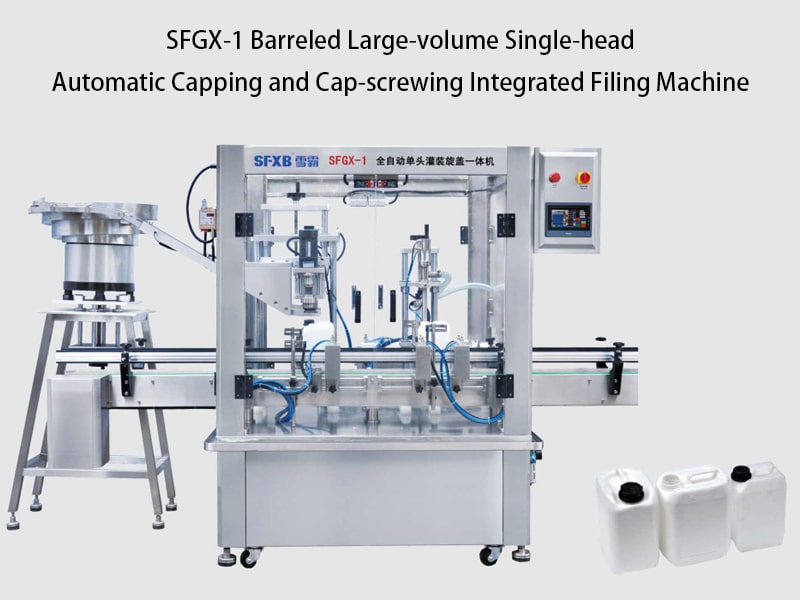




Comments